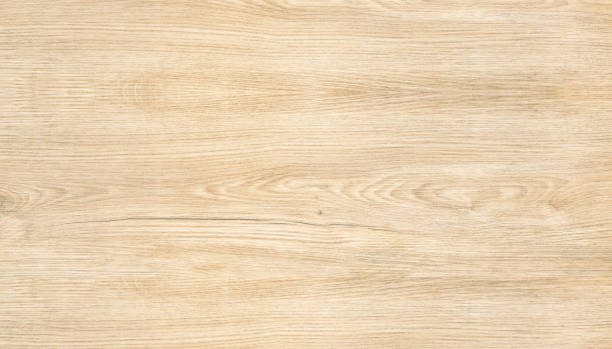
Ash - Wooden Staircases
Ash is a popular choice for wooden staircases in Ireland for a variety of reasons. One of the main reasons is its strength and durability. Ash is a hardwood, which means it is strong and resistant to wear and tear, making it well-suited for use in a structure that will be subjected to heavy foot traffic. It is also resistant to splitting and breaking, making it a good choice for a staircase that will be used frequently.
In addition to its strength, ash is also a versatile wood that can be used in a variety of staircase designs. Its fine, even grain pattern gives it a smooth, refined appearance, and it can be stained or finished in a variety of ways to suit the desired look of the staircase. It can be used in everything from traditional, straight staircases to modern, spiral designs and can be integrated with other materials, such as steel or glass, to create a unique look.